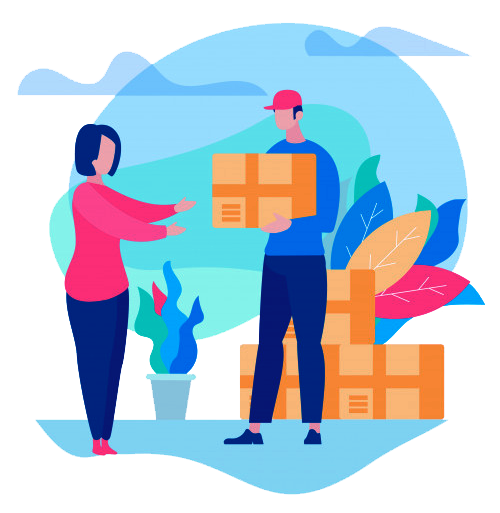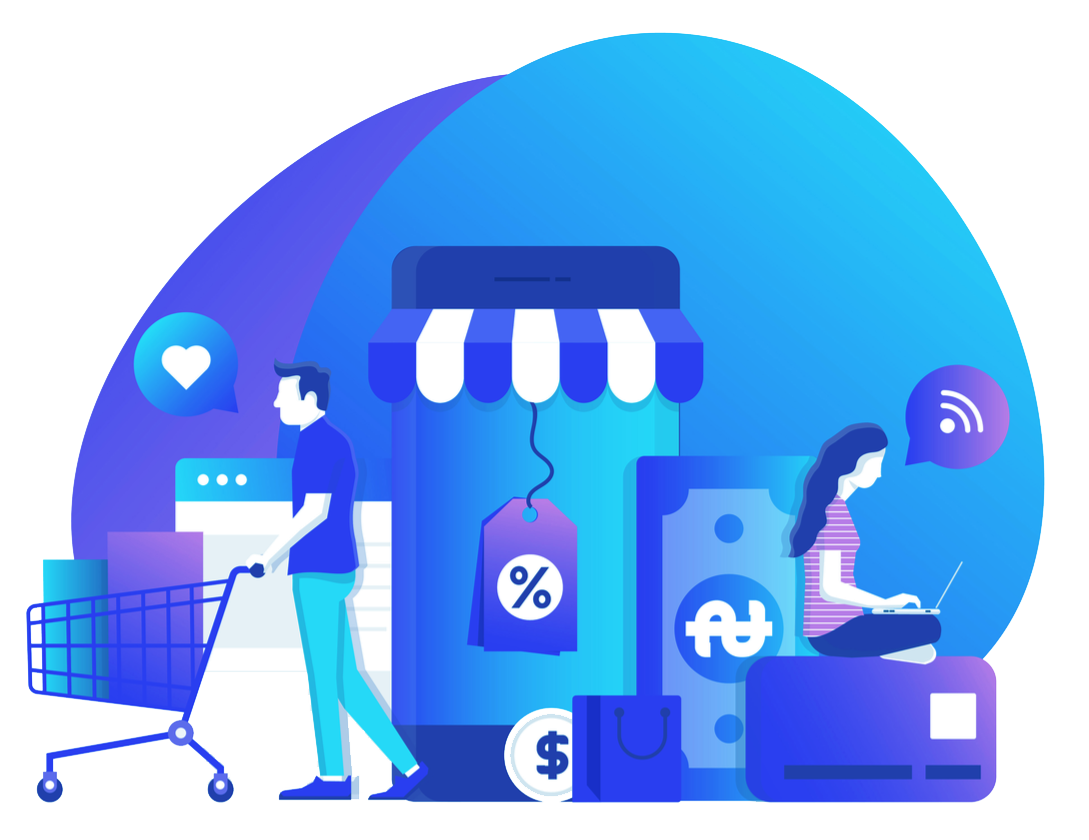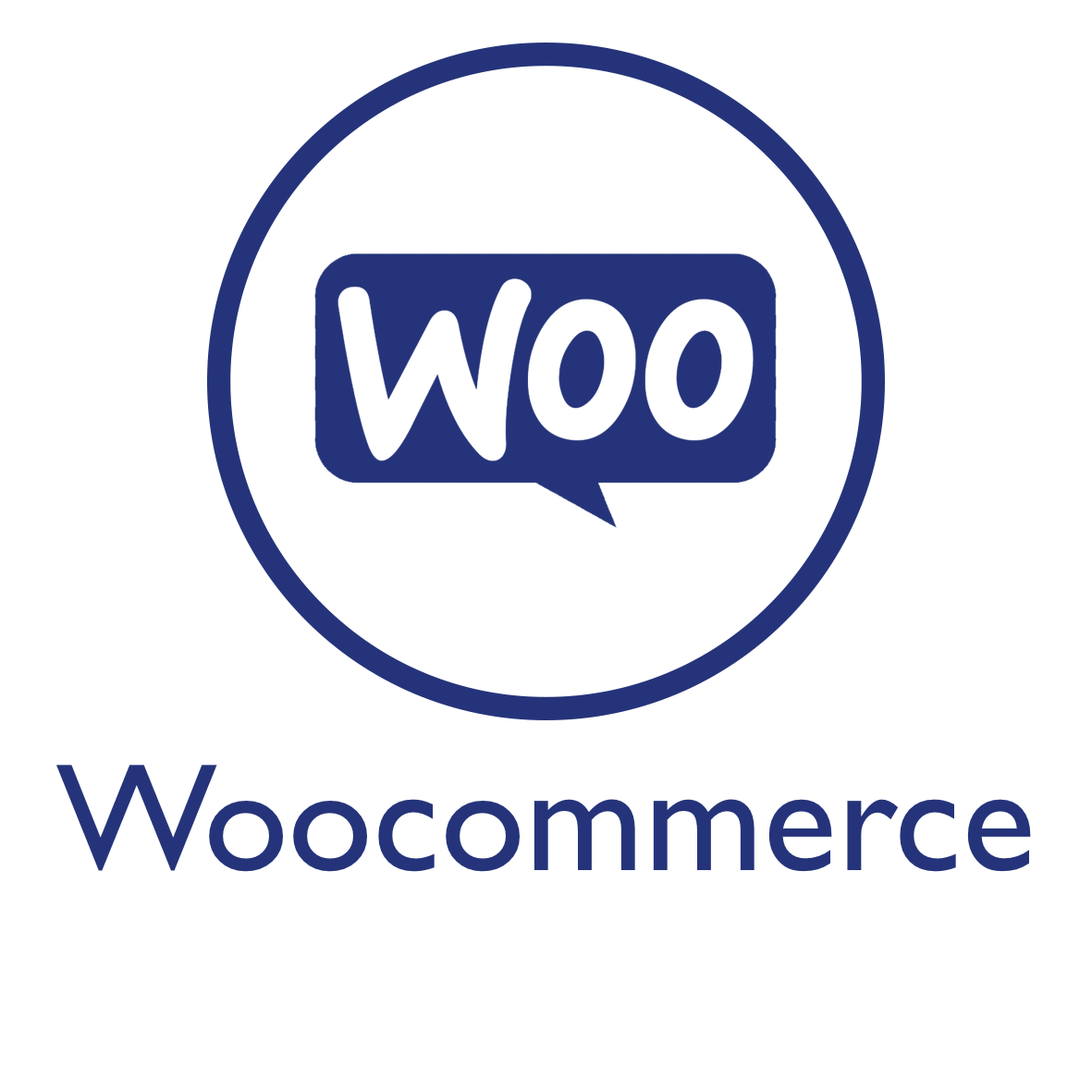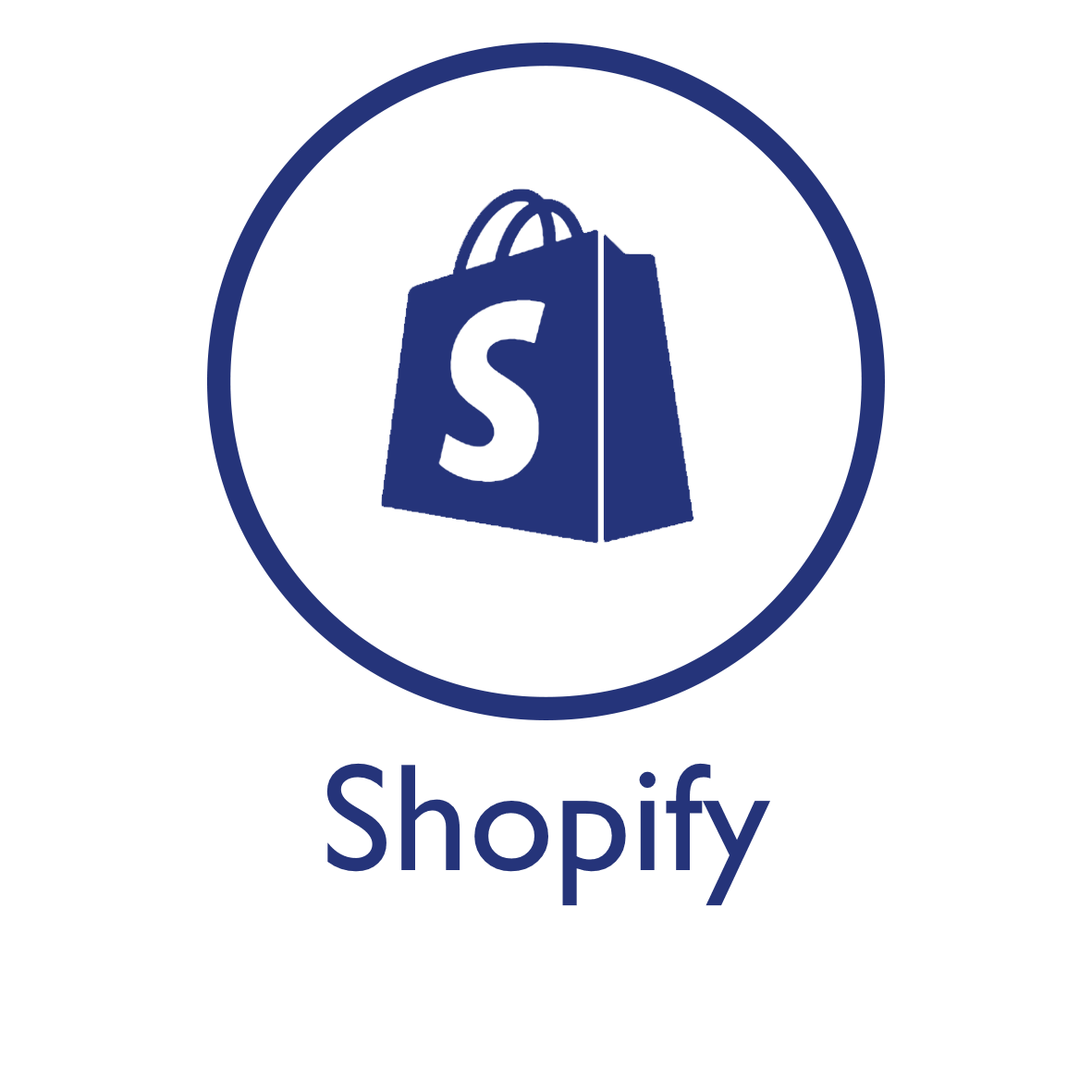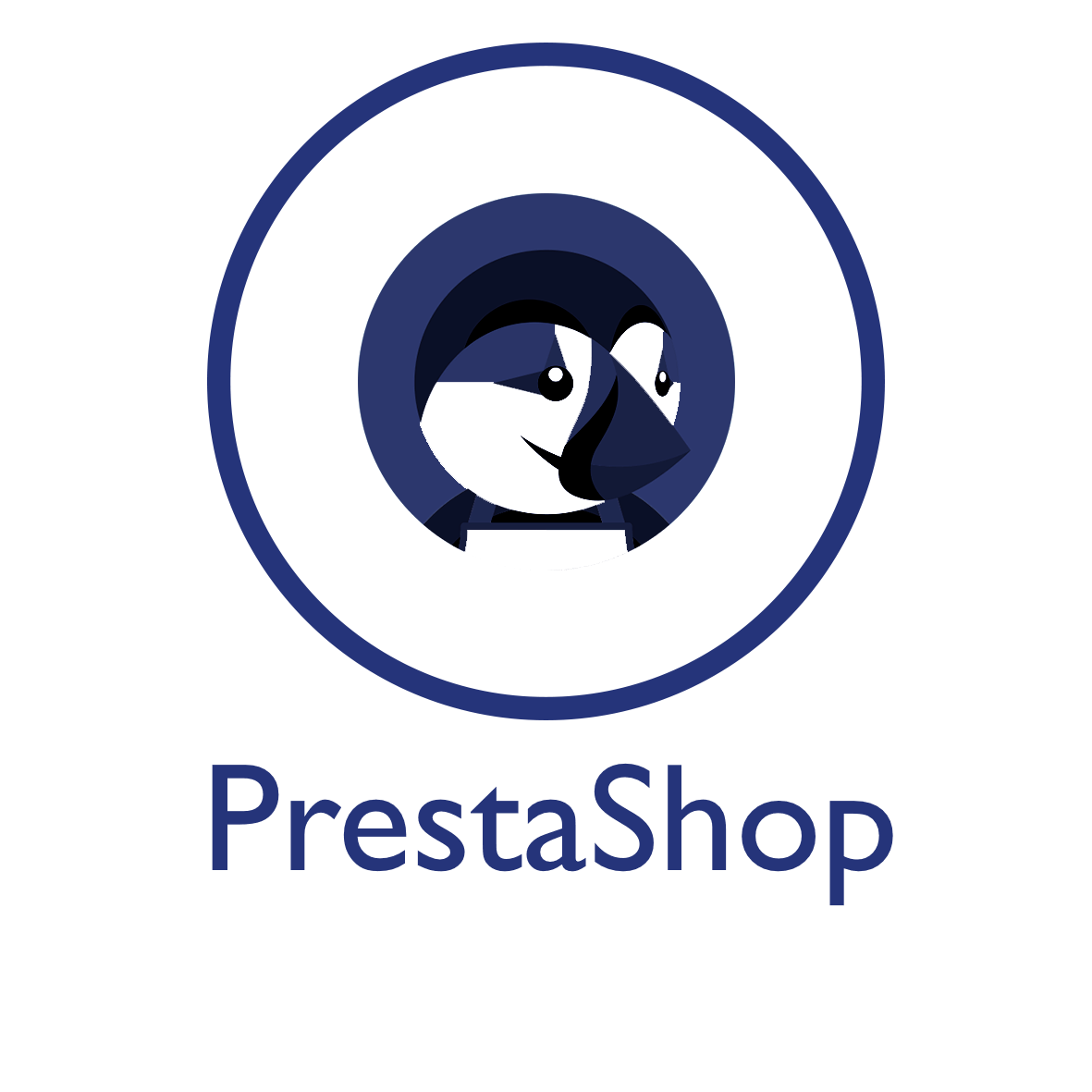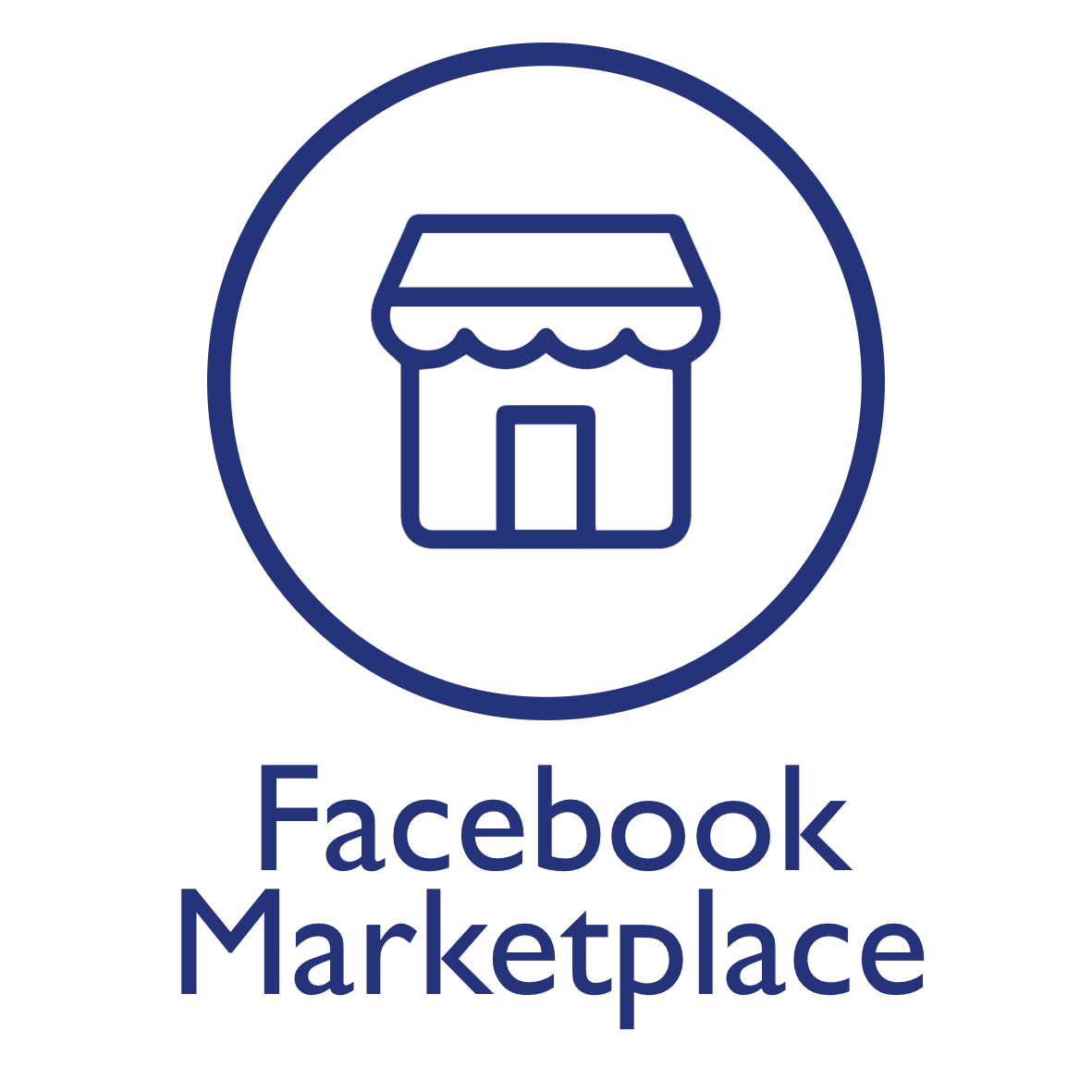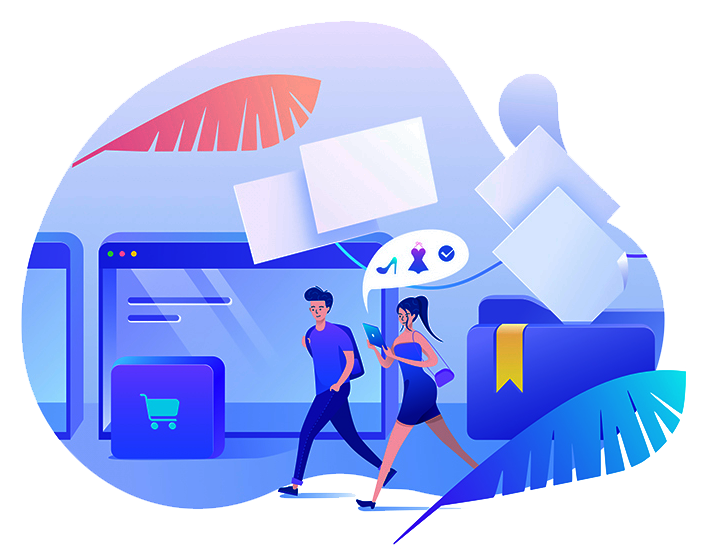
What is eCommerce?
Electronic Commerce, or eCommerce, relates to transactions conducted via the internet. The term also applies to other web-based activities, including online auctions, internet banking, payment gateways, and online ticketing.

Types of eCommerce business
There are a variety of ways to classify eCommerce businesses/websites. Primarily, they can be categorised by:
- the products or services that they sell
- the parties they interact with
- the platforms on which they operate
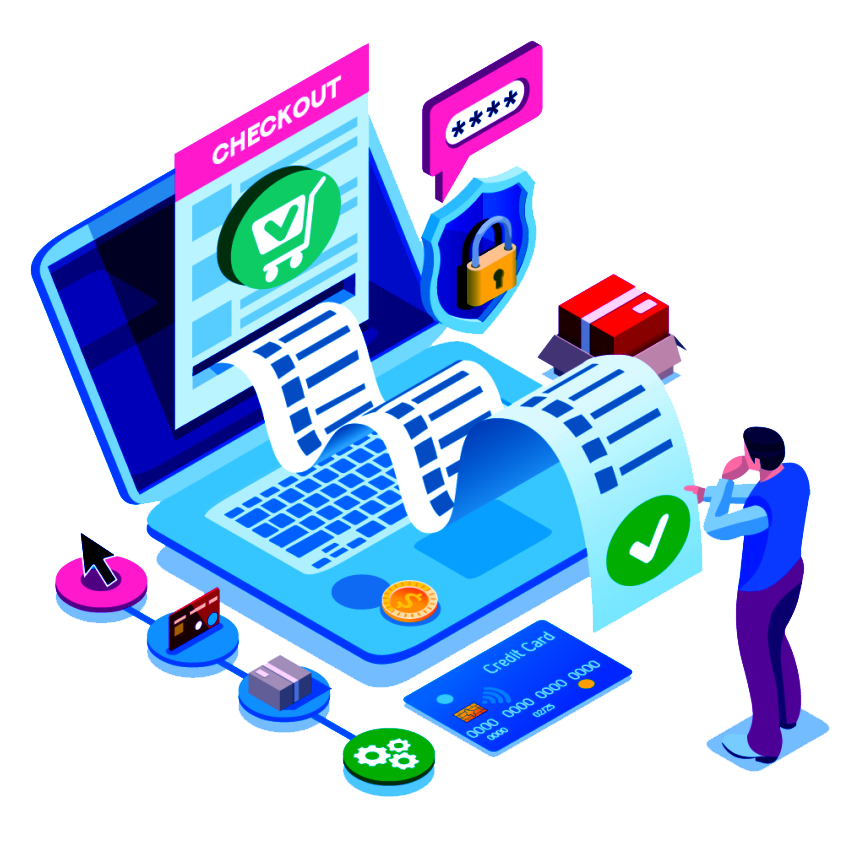
Classifying eCommerce according to the products or services they sell
Product-based eCommerce:
These are the online retailers that sell physical products. From clothing to outdoor furniture, the items sold are tangible goods that are delivered to your door.
Service-based eCommerce:
Aside from purchasable goods, you can also purchase services online. Each time you hire a tutor, freelancer, or consultant, you are engaging in eCommerce with service-based e-tailers.
Digital product-based eCommerce:
Digital products refer to all products that are in digital form. Selling ebooks, online courses, software, graphics, and virtual goods online are all examples of digital product-based eCommerce.
Classifying eCommerce according to the parties involved
Below are the different types of eCommerce classifications according to the parties involved (yet, it is worth noting that most eCommerce transactions fall under the B2B or B2C categories):
eCommerce Platforms
Below, we go into detail about where these eCommerce transactions take place; specifically, the popular platforms used to showcase products and services.
Online Retailers
Online retailers, or marketplaces, are platforms that facilitate eCommerce transactions between buyers and sellers. They allow sellers to reach a larger audience while displaying a full range of products.
What makes eCommerce successful
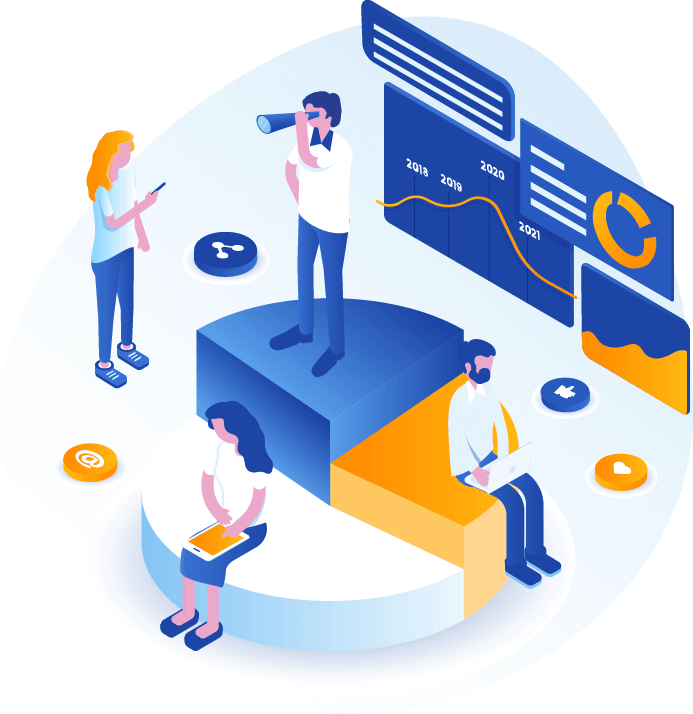
Inbound Marketing Strategy
eCommerce, along with any business, requires a strategy. An Inbound Marketing strategy calls for asking yourself what your business is trying to accomplish or what problem it seeks to solve, and what your customers will get out of it. This will ensure that your customers keep coming back and continue to endorse your products. An essential item to note here is that inbound marketing isn’t only one tool, one tactic, or a single campaign. It’s several defined, on-going activities that, when done in tandem, create a highly scalable revenue driver.

Focus on users (conversion rate optimisation)
With conversion rate optimisation, you need to track several different metrics, including what visitors search for online versus what they clicked, what product combinations are viewed and purchased, which products are added to the cart, and which products are ultimately purchased. We can take all these different metrics and apply them to a website’s search results, creating a system that dynamically learns and adjusts to visitor demand over time. This will eventually improve search results on your site that are smarter and more relevant to shifting customer demand.

Mobile First (optimised)
A mobile-first strategy is a trend in website development where designing a website optimised for smartphones, tablets and mobile devices takes priority over computer desktops. According to Insider Intelligence, this is due to forecasts that m-commerce will reach $284 billion, or 45% of the total U.S. e-commerce market, by the end of 2020.
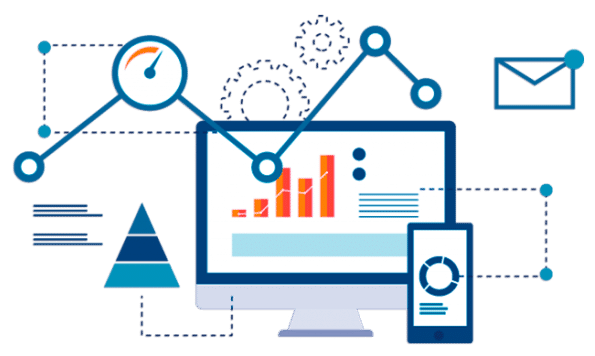
Attract, convert, close, delight
Attract: This is the top of the marketing funnel. It considers generating awareness and brand recognition among key targeted audiences.
Convert: This stage involves gaining some type of initial relationship with a prospective customer. That usually means capturing an email so that you can continue to market to them over time.
Close: This is the stage where the prospective customer becomes a customer.
Delight: This final stage is where a business not only completes an order but surpasses a customer’s expectations. The objective is to strengthen customer loyalty while inspiring that customer to share their experience with their network, thereby supplementing a business’ exposure, reach, and reputation (and thus feeding back into the top-level of the sales funnel).
To reach customers at each of these stages, and to move them through the sales funnel, you’ll be developing a number of “micro-campaigns,” a series of small, on-going activities that ultimately culminate in a larger marketing effort.
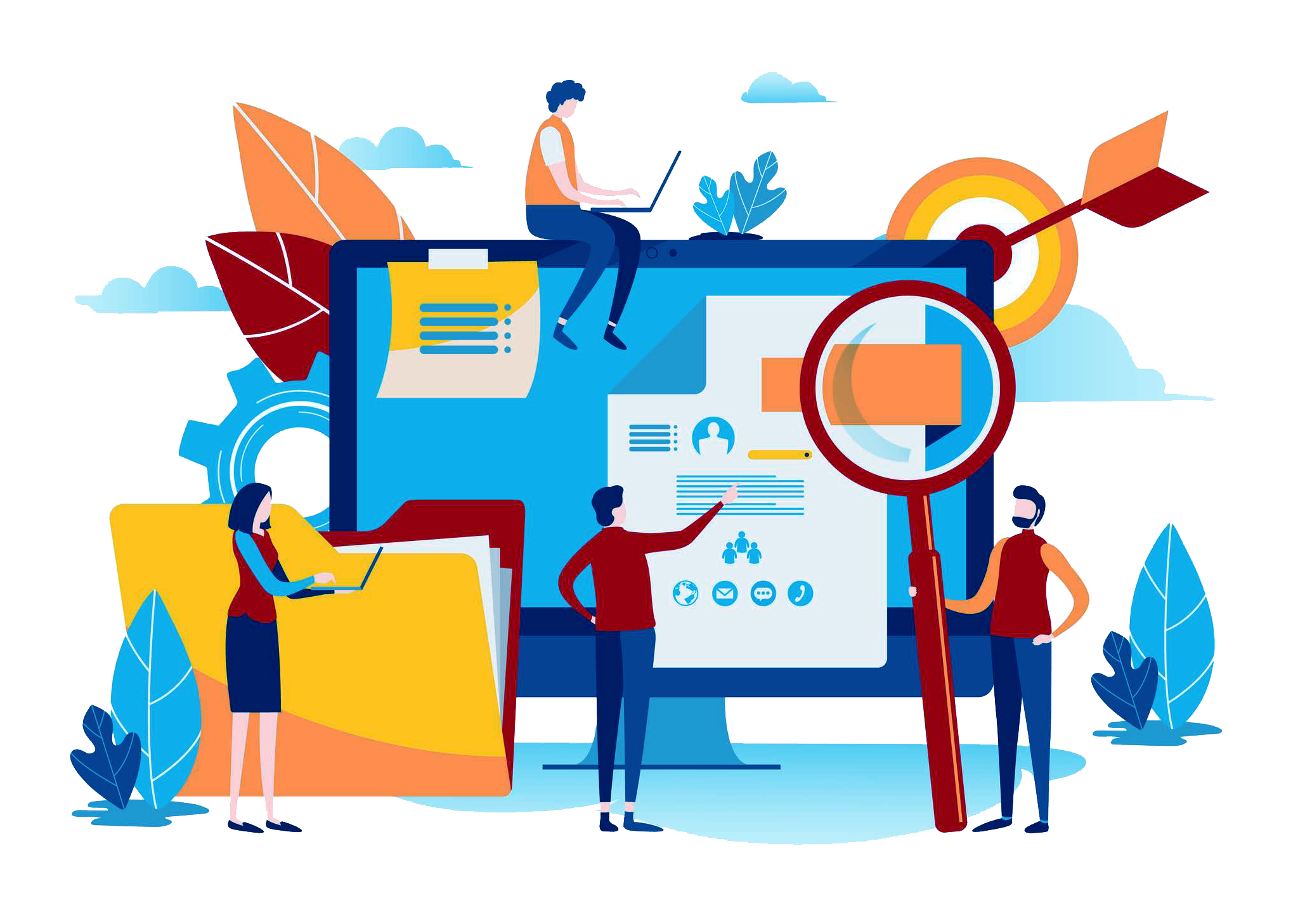
Marketing Automation
Marketing automation is technology that manages marketing processes and multifunctional campaigns, across multiple channels, automatically. Marketing automation is a vitally important tool to help online businesses reach revenue and growth goals. By combining eCommerce with marketing automation, you have all the benefits of a sophisticated shopping experience with the ability to create marketing campaigns that are tailored to your audience.
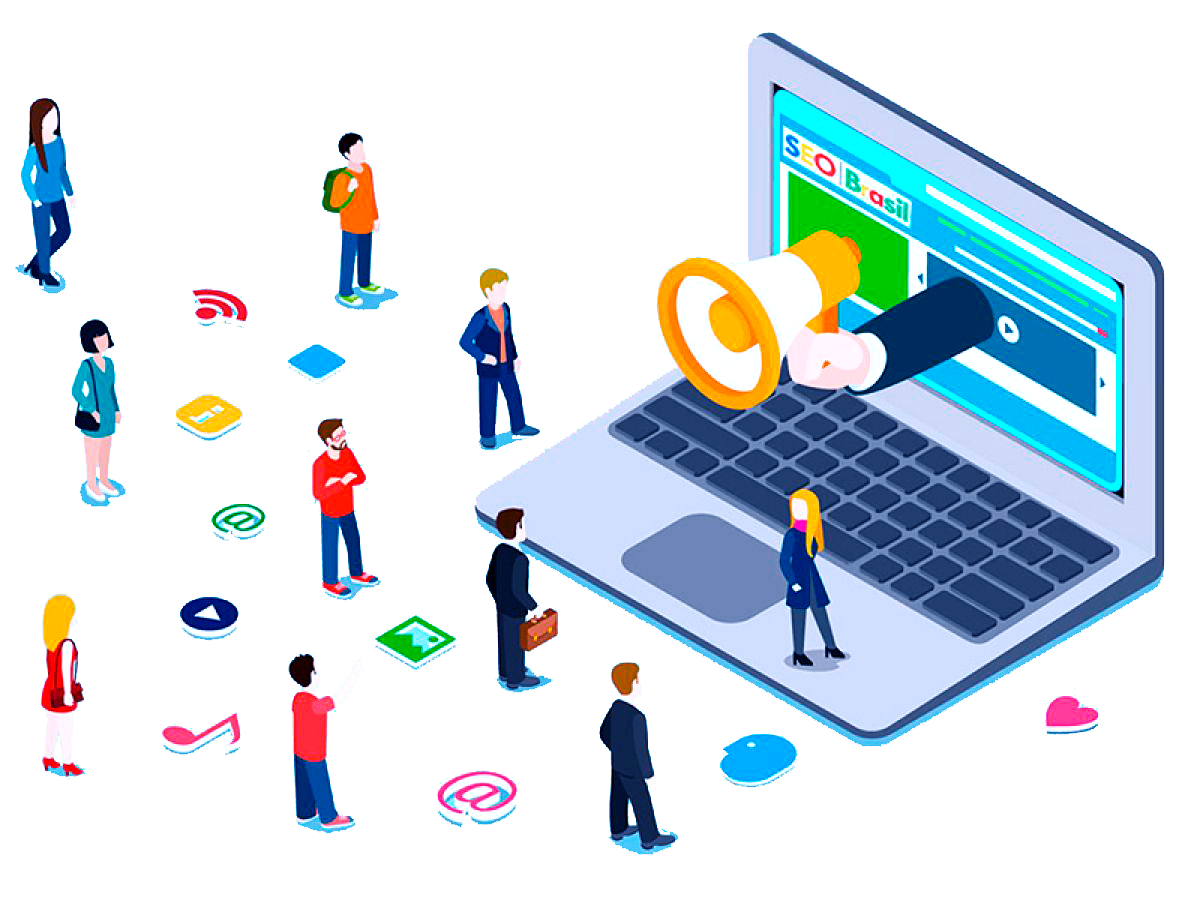
eCommerce Marketing
eCommerce marketing is the method of making sales by creating and increasing awareness about an online store’s product offerings and brand. Ecommerce marketers can leverage digital content, social media platforms, search engines, and email campaigns to attract visitors and promote purchases online.
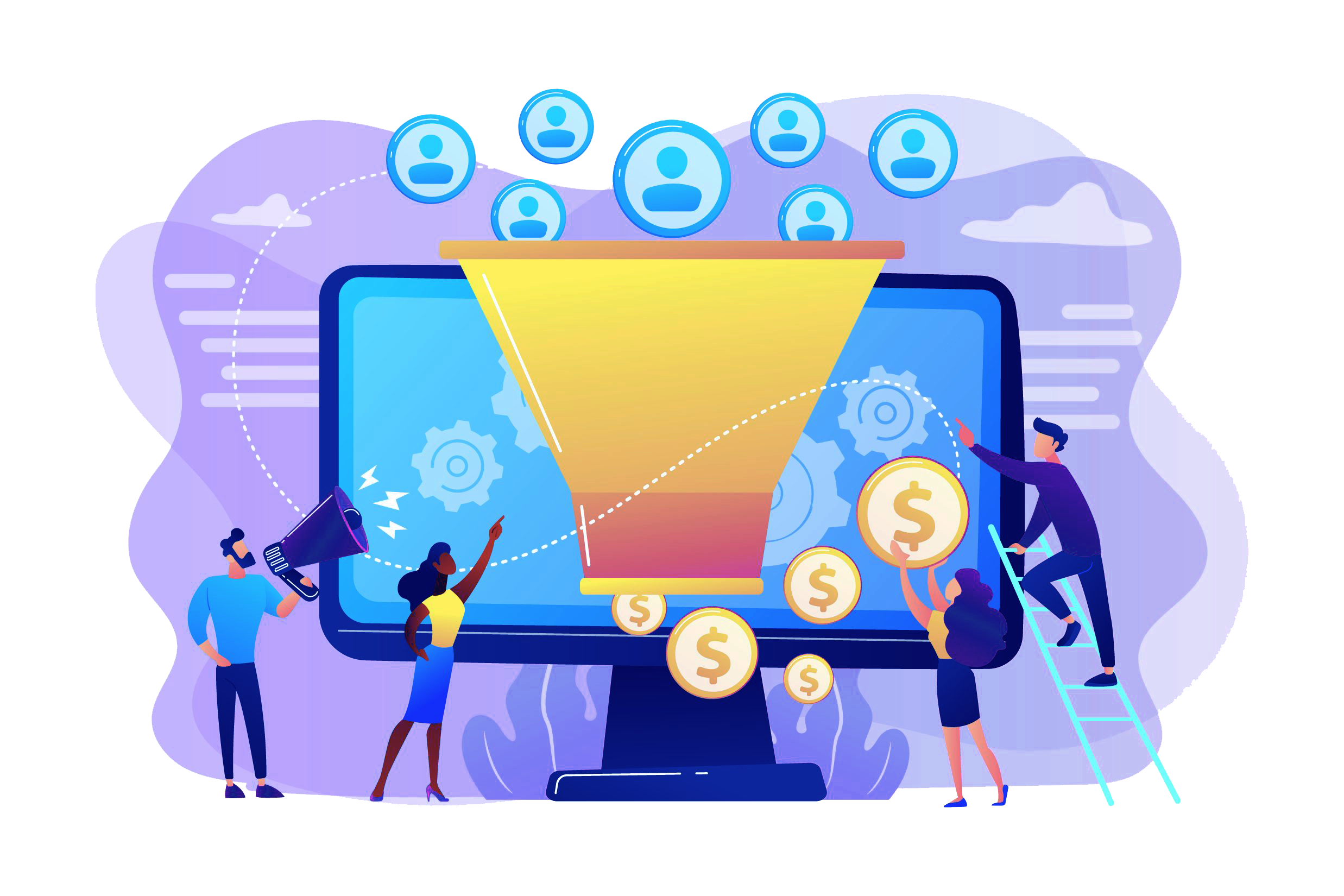
A/b testing
A/B testing, or split testing, presents 50% of users with an alternate version of a webpage to test the effectiveness of a particular variable. A/B tests are evaluated based on whether the alternate page achieves a higher conversion rate. However, make sure you’re only running one test at a time on any campaign.

Website optimisation
eCommerce website optimisation is a holistic approach to improving your website and allowing visitors to easily convert into customers. From navigation and design to content and product descriptions, everything on your website should be intentionally leading users towards the end goal: purchasing your products or services.
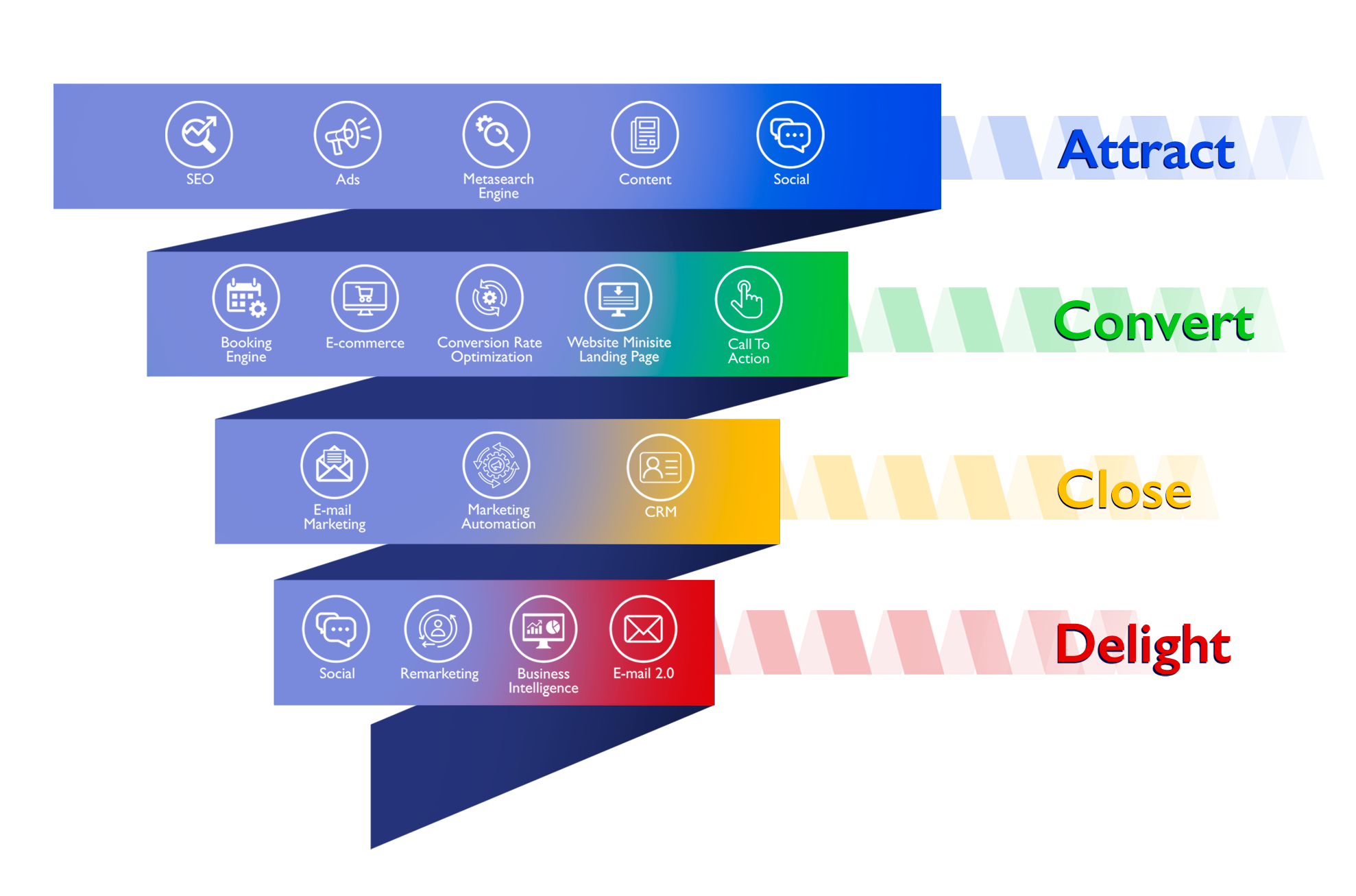
SEO
Ecommerce SEO is the process of making your online store more visible in the search engine results pages (SERPs). When people search for products that you sell, you want to rank as highly as possible, so you get more traffic. SEO and advertising produce 50-60% of brand awareness, leading to transactions, and with all SEO campaigns, eCommerce SEO should begin with keyword research. Ecommerce SEO usually involves optimising your headlines, product descriptions, metadata, internal link structure, and navigational structure for search and user experience. Each product you sell should have a dedicated page designed to draw traffic from search engines.

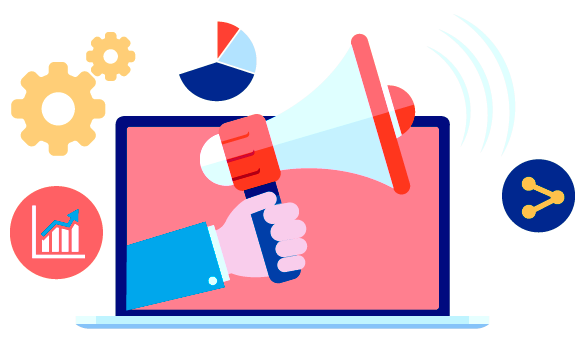
Social Media Lead Generation
Social media represents an opportunity for firms to boost the popularity of their eCommerce sites, increase brand awareness among online customers, increase sales, facilitate word-of-mouth communication and ensure social support to online customers. Because online purchases aren’t only happening on eCommerce websites; they’re happening on Amazon, Facebook, Instagram, Pinterest and many other platforms; using social media to target leads who are already using that platform (like Facebook Ads) will boost your lead generation significantly and incentivise leads to complete a purchase with little effort.
